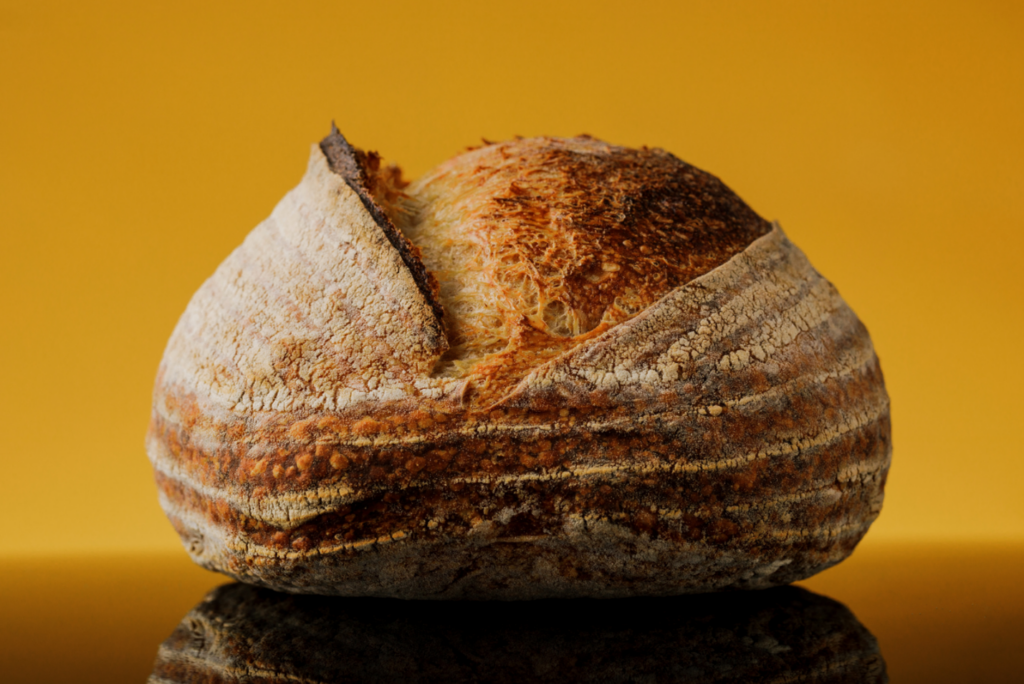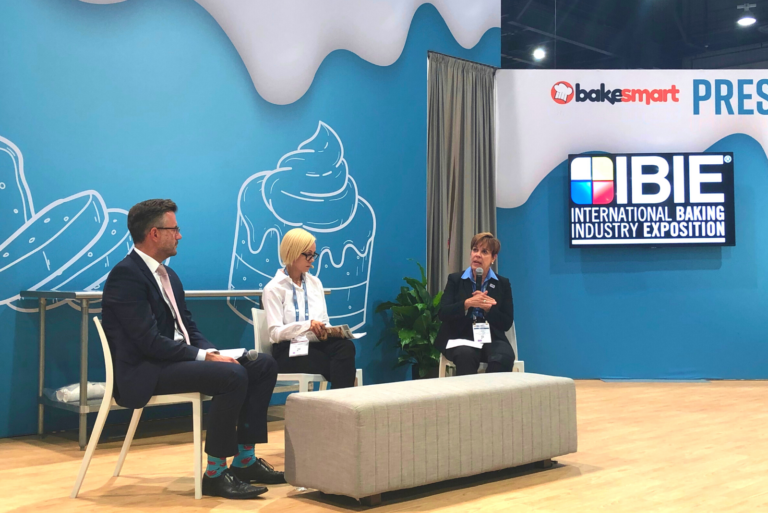KANSAS CITY, MO — Where there is civilization, there is fermentation. Humanity has managed to harness this nearly invisible force since as far back as 7000 BCE in Neolithic China, where evidence of an alcoholic beverage made from fermented fruit, honey and rice was discovered. And whether yeast is acquired in the wild or at the nearest grocery store, people have been using it to enhance flavors and reap benefits for thousands of years.
That starter in a bakery’s troughs of the fermentation room harken back to when sourdough was likely discovered — at a time when bread was likely a flat cake with ground seeds — and wild yeast from the surrounding area drifted into the mixture.










